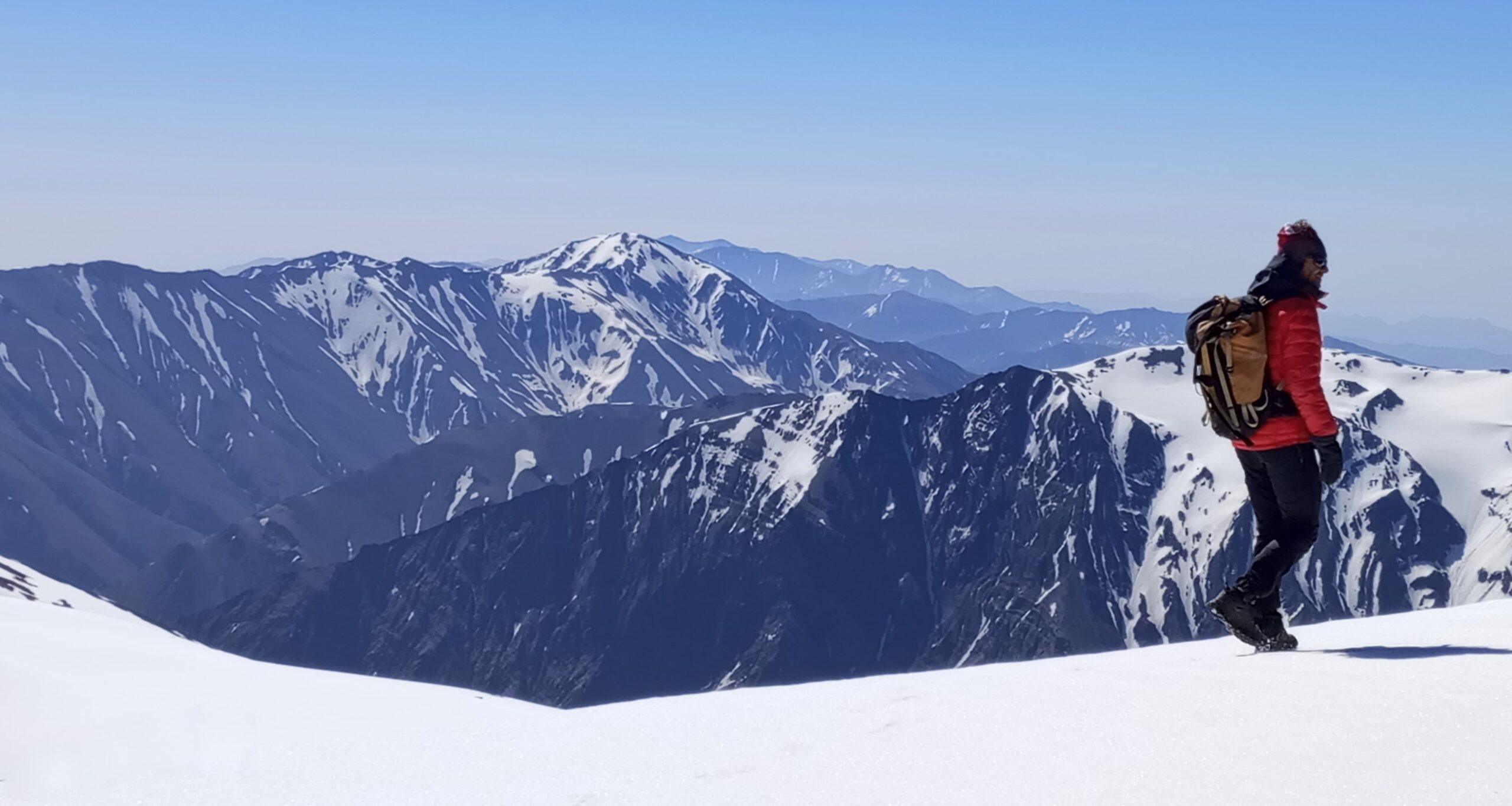We are often asked various questions related to the ins and outs of trekking to base camp as well as the actual summit climb to Bazarduzu’s peak. In short, people want to know:
“How can I best prepare for Mount Bazarduzu?”
Most experienced trekkers are aware that ascending mountain peaks over 13,000 feet (4,000 meters) like Mount Bazarduzu poses a significant challenge simply because of the effects of high elevation on the body. This is especially challenging if one doesn’t live at high elevation or close enough to have regular access to high elevation areas for mountain specific training (i.e. the Rockies, Cascades, Caucasus, etc.) prior to a climb. But, don’t despair—there is hope—read below!
This article is about tried-and-true basics of training for long distance and/or high altitude mountain trekking. The principles covered below have worked for countless people training in a variety of diverse locations and conditions, from sea level to high-altitude mountain towns. It is worth noting that even IF using hypoxic training devices (which are very expensive and not to be used as a replacement for fitness & endurance training), everything covered in this article is still the foundation of any trekking specific training plan!
So what is the BEST way to prepare?
Build up your basic aerobic (cardio) fitness and muscular strength/endurance with focused endurance and strength training. Doing this helps lead to successful acclimatization and ultimately a higher chance of making it to the summit without adverse events.
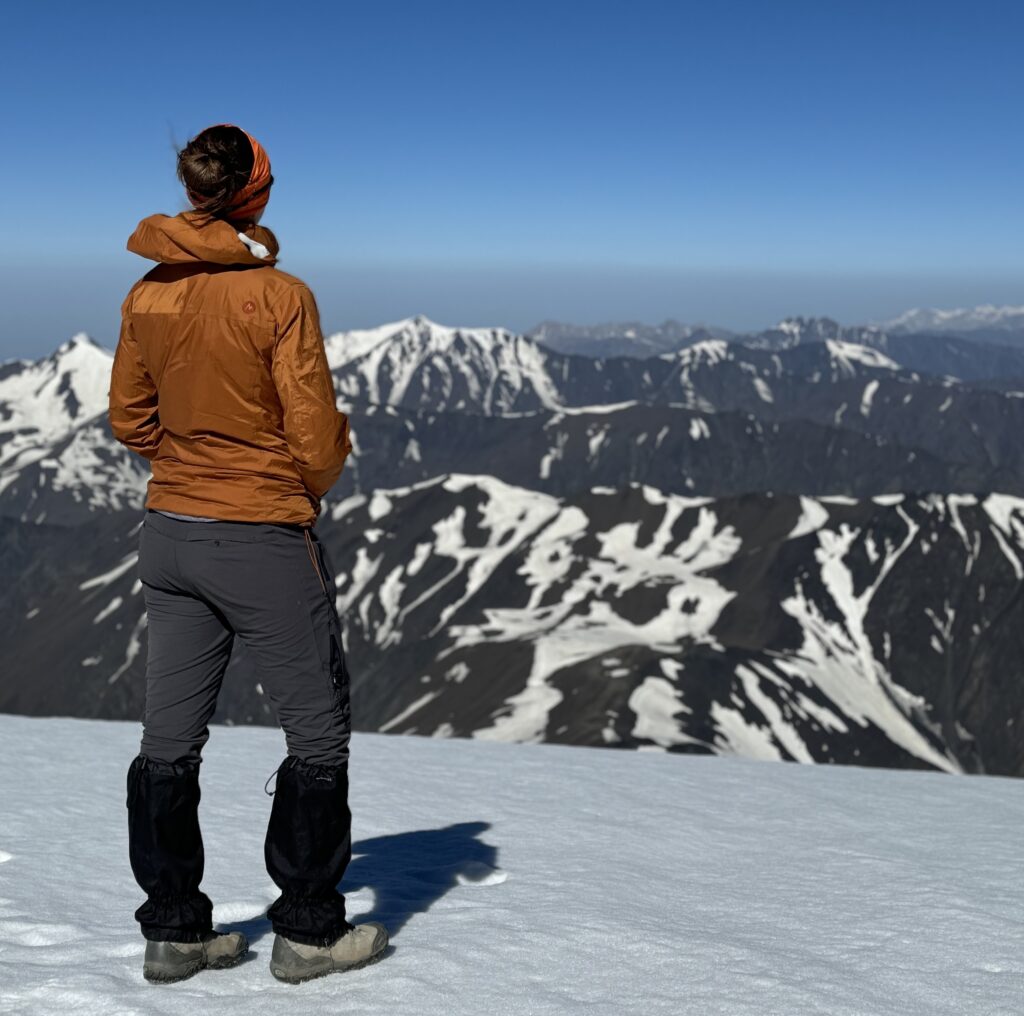
This is the tried and true training method of multi-day and high altitude mountain trekking and mountaineering. It has sent generations of determined climbers to the summits of the world’s great mountains and continues to render faithful service.
Most guiding companies on Mount Bazarduzu build a reliable acclimatization plan into their itineraries. We do not recommend skipping this! Proper acclimatization is vital to your success, and taking short cuts often lead to unfulfilled goals in the mountains. Your job then, is to come to Bazarduzu fit and healthy so that acclimatization can do its work.
To get started, peruse this chart of daily distances and elevation gains to get an idea of the natural acclimatization you’ll begin to develop as well as the expected demands on your body re: both distance and elevation changes.
Daily distance and altitudes chart:
Distances are approximate to the nearest ½ mile or kilometer and altitudes are approximate to the nearest 100 feet or meters:
| Day | Distance Hiked | Sleeping Altitude | Max Altitude | ||||
| Ascent | Descent | Total | Feet | Meters | Feet | Meters | |
| 1 | 2.5 mi (4 km) | 2.5 mi (4 km) | 5 mi(8 km) | 7,053 | 2,150 | 9,130 | 2,783 |
| 2 | 3 mi (5 km) | 0.7 mi(1 km) | 3.7 mi(6 km) | 10,662 | 3,250 | 11,154 | 3,400 |
| 3 | 3.1 mi (5 km) | 5.6 mi (9 km) | 8.7 mi(14 km) | 7,053 | 2,150 | 14,652 | 4,466 |
| 4 | 0 | 0 | 0 | -91 | 28 | 7,053 | 2,150 |
** Sleeping Altitudes are based on the location of guest homes in Khinalig and tents at basecamp.
Unfortunately, there is a small segment of the population whose bodies will struggle to acclimatize. The reasons are not well understood, but when you boil it down, it’s the result of a person’s genetics. No one really knows how they will perform at high altitude until they experience it personally. And even a fit or seasoned trekker/climber can have a bad experience or poor reactions to acclimatization at times. We’ve experienced this ourselves. So ultimately, it is a chance everyone has to take. As harsh as it sounds, prepare yourself for the reality that not everyone’s body is built for high altitude trekking.
That being said, you can be acclimatizing well and still have some symptoms of fatigue, nausea and/or headaches. This is natural so don’t be surprised when it comes. Whatever you do, please do not hide any symptoms you’re experiencing; this could come back to bite you on summit day. It is important to have open communication with your guide(s) and fellow trekkers about what you are experiencing so that they can help you determine its significance and any modifications you may need to make.
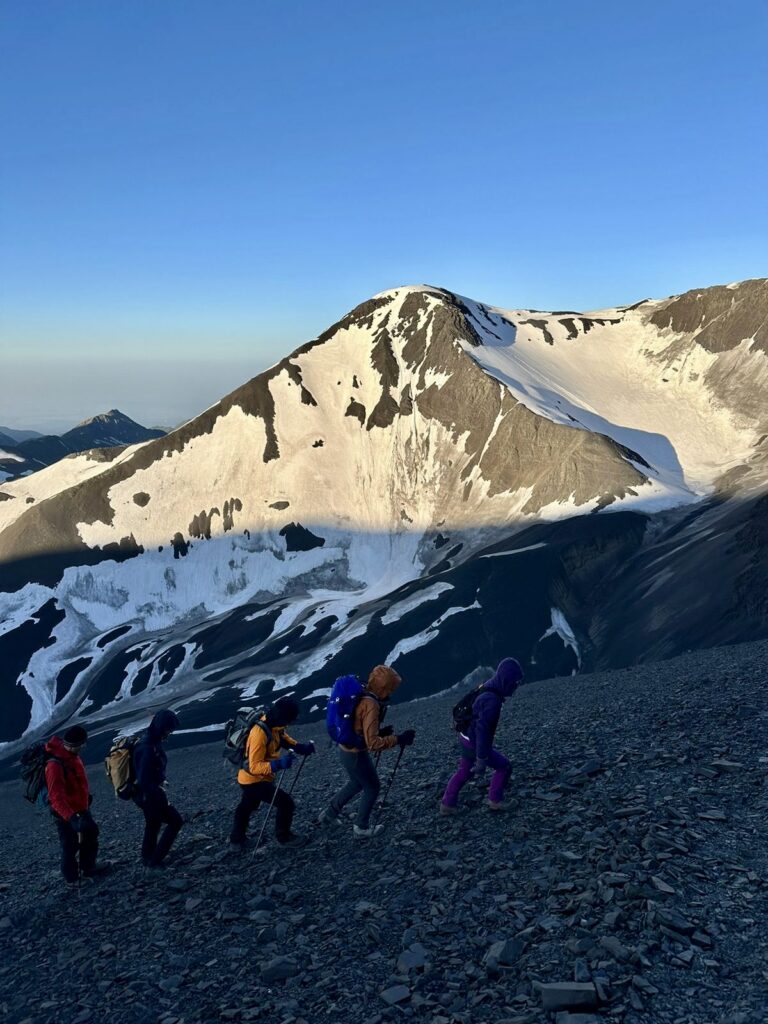
Below are the basics of training for summiting Mount Bazarduzu, no matter what elevation you live at. If you are in good shape at low elevation, you have given yourself the best chance to be in good shape at high elevation after proper acclimatization. And of course, if at all possible, getting in some time at higher elevation prior to your climb is always a good idea 🙂 As an additional resource, check out this practical article with tips and resources for altitude training here.
#1 General Fitness: Cardio & strength training
These are the building blocks of any athletic endeavor. On summit day you will ascend roughly 4000 feet (1200 m), for about 3 miles (5 km). Then you will turn around and walk another 3 miles on your descent back to camp, then continue another 2.5 miles (9 km total) to meet your transportation back to Khinalig village. You will slowly snake your way up the steep initial ascent, then continue on higher and higher to the summit. Depending on the time of year of your climb (early & late season), you may also encounter a greater amount of snow as you approach the peak. You will be moving slowly, but your heart and lungs will be working hard. Training your cardiovascular system will help your muscles get the oxygen they need as quickly & efficiently as possible. Muscular strength aids the step-by-step slog you will be making up the steep, slate-rock mountainside which is often unstable, especially if there are high winds. But strong muscles will also help you descend as your legs work to counter the effects of gravity. Your calves, glutes, hamstrings and quads will be doing most of the hard work. Really, on a climb like this your whole body will be contributing to the endeavor, but strong legs and a strong core will carry you through on Summit Day!
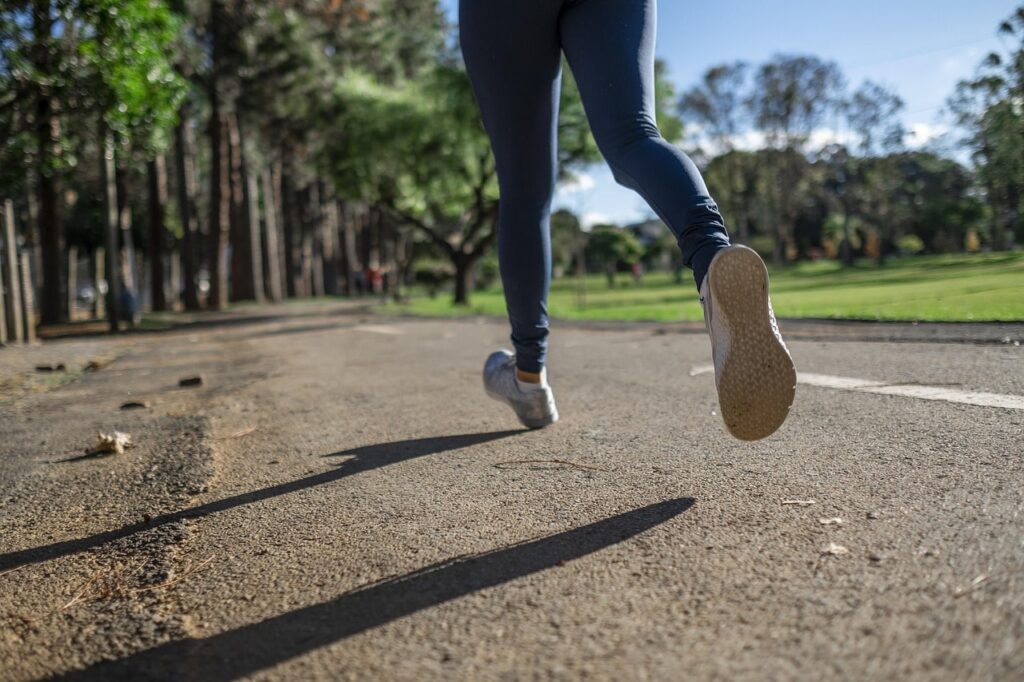

To build aerobic capacity/cardio fitness global fitness guidelines recommend that adults spend at least 30 minutes a day doing moderate aerobic activity (running, walking, hiking, elliptical, cycling, rowing, swimming) most if not all days of the week. You should focus on moderate intensity exercise, i.e. where you are still able to talk and not feel out of breath. To prep for summiting a mountain like Bazarduzu you will want to gradually increase your time spent in moderate intensity cardio activity 5-10 minutes each week, with an end goal of 1.5 hrs or longer in each exercise session. Remember it’s not about speed — the focus is building endurance to prepare your body for the long, slow climb to the peak at high elevation.
To build muscular strength & endurance, especially for your legs and core, it is recommended for adults to do strength exercise training of all major muscle groups 2-3 times per week. To focus on building muscular strength, it is recommended to complete 2-3 sets of 8-12 repetitions at higher weight (i.e. 60-70% 1- rep max), while for muscular endurance, it is recommended to complete 2-3 sets of 15-25 repetitions at lower weight (i.e. 40-60% 1- rep max). Whether you choose to focus on muscular strength or muscular endurance, it is important to gradually progress, by either first increasing the number of repetitions and sets, then the weight load (~5% increase each week), or even the number of days each muscle group is trained. If you would like to dive deeper into the details of this progressive overload it is recommended to pursue working with an exercise professional or trainer.
And don’t forget about flexibility & balance training! This is an oft overlooked portion of one’s training regimen, but lack of flexibility can be detrimental to your joint range of motion and your muscles’ performance. Improving your balance can aid in navigating the unstable mountain terrain. So be sure to do focused flexibility and balance exercises at least 2 times per week. This might be a stretching/flexibility routine you build into your strength/cardio training or maybe it’s doing yoga or pilates or some combination of these. In your stretching routine, to improve joint range of motion, each stretch should be held 10-30 seconds and repeated 2-4 times.
#2 Endurance Training: Preparing for a long summit day on the mountain
On summit day you will ascend for 5-6 hours straight with minimal breaks (part of that in the dark of night). Then you will immediately descend back down the way you came for another 2-3 hours and then another 1-2 hours with all your gear to meet your transportation back to the village. Training your body to keep moving forward & upward without stopping is very important as well as to take you that final 4km (2.5mi) to meet your ride after a full day up and down the mountain! This kind of training is both physical and mental. You’re teaching your body to push to new physical limits, while at the same time disciplining yourself mentally to go further than you thought you could. That being said, a weathered and wise trekker balances these two realities: while on one hand he/she is able to push through discomfort, on the other hand he/she is smart enough to admit when one’s body can’t go any further and needs help. Fatigue high on the mountain is one of the greatest dangers you could encounter. You need to have enough strength and endurance not only to make it to the top, but also to make it down again. As the old adage goes, “the summit is only halfway.”

#3 Bazarduzu-Specific Training: Preparing for unique mountain conditions
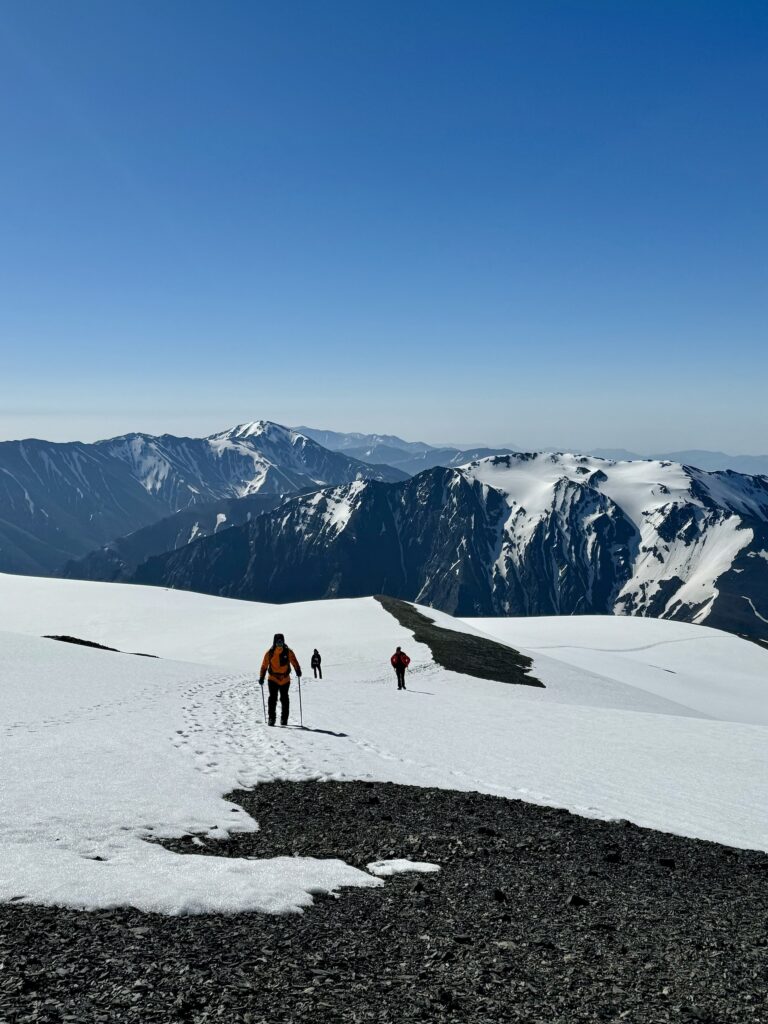
When you are on Mt. Bazarduzu, it’s highly likely you will be in a different environment than where you trained. Did you do most of your training in gym shorts, a t-shirt and running shoes? On Bazarduzu, you will be in layers of clothing, trekking boots, a puffy jacket, most likely encountering a very strong wind. Were your hands free during training to be able to switch podcasts or songs on your phone? On Bazarduzu, you will have your hands full with trekking poles and a pack on your back. Were you on mostly flat, even surfaces? The mountain will have lots of uneven terrain — slate/shale rocks that your feet sink into like sand; slippery snowy surfaces; strong winds attempting to blow you over; and large boulders.
Moving up a mountain with all this gear naturally can be very uncomfortable. Some trekkers get blisters from the chaffing in their boots. Others find that the weight of their packs causes irritating soreness in their shoulders. These may seem like minor things or to be expected, but once combined with high altitude, cold weather, wind and serious fatigue, they become the sorts of things that can immobilize you.
Being as familiar as possible with the clothing system and gear you will use on Bazarduzu is a huge plus! Live in Kansas or another part of the world with a flat steppe and don’t have trekking specific boots? No problem; take a long hike in the country with a weighted backpack. It’s much better if you find out months in advance that your feet are prone to blisters, or how to wear your backpack straps so they don’t create unnecessary pain or soreness.
Choosing exercises that mimic some of the mountain terrain conditions will only prepare you that much more for a successful summit. The more you train, the more you’ll become familiar with how your body reacts to various stimuli and situations, i.e. cold, heat, dehydration, extended hikes/walks, muscle cramps, etc. If possible, spend some extended time at higher altitudes. Of course long hikes at an altitude higher than your living condition are helpful (i.e. live at sea level? Get to 1,500m/5,000ft if you can), but even just being at higher altitude for extended periods (i.e. sleeping overnight) and breathing in the air at these altitudes can greatly aid your acclimatization process.
Watch this brief video for a tip on how to simulate breathing conditions on the mountain. Knowing all of this beforehand will ensure you’re ready to climb Bazarduzu!
Exercises to Do:
- Various Aerobic Exercise (runs, stairs/stair stepper, cycling, elliptical), weighted or unweighted (Cardio, Muscular Strength, Muscular Endurance, Mountain-Specific) The weighted stair climber is a classic exercise for aspiring mountaineers. Strap on your hiking boots, put on your climbing pack and start stepping (a 10 lb pack is a great place to start, with the goal of working up to 20 lbs). This exercise checks all the boxes for trekking: 1) cardio and endurance with 1+ hr climbs, 2) leg and core strength the heavier you make your pack, 3) and mountain-specific when stepping up over and over. To make stair stepping more mountain specific, don’t just walk straight up the steps, but use a variety of side steps up the stairs (both sides), angle your feet 45 degrees as you plant them on the exterior step, serpentine your stair stepping by changing direction every 5-6 steps. Don’t forget to also do downhill stair stepping with the same aforementioned tips. Descent training prepares your leg muscles differently than ascending steps, which will help prevent injury on your descent from the peak. And of course if you don’t have a gym nearby nor want to make that extra expense, find a stadium or any longer flight of steps nearby that you can use for up- and downhill training.
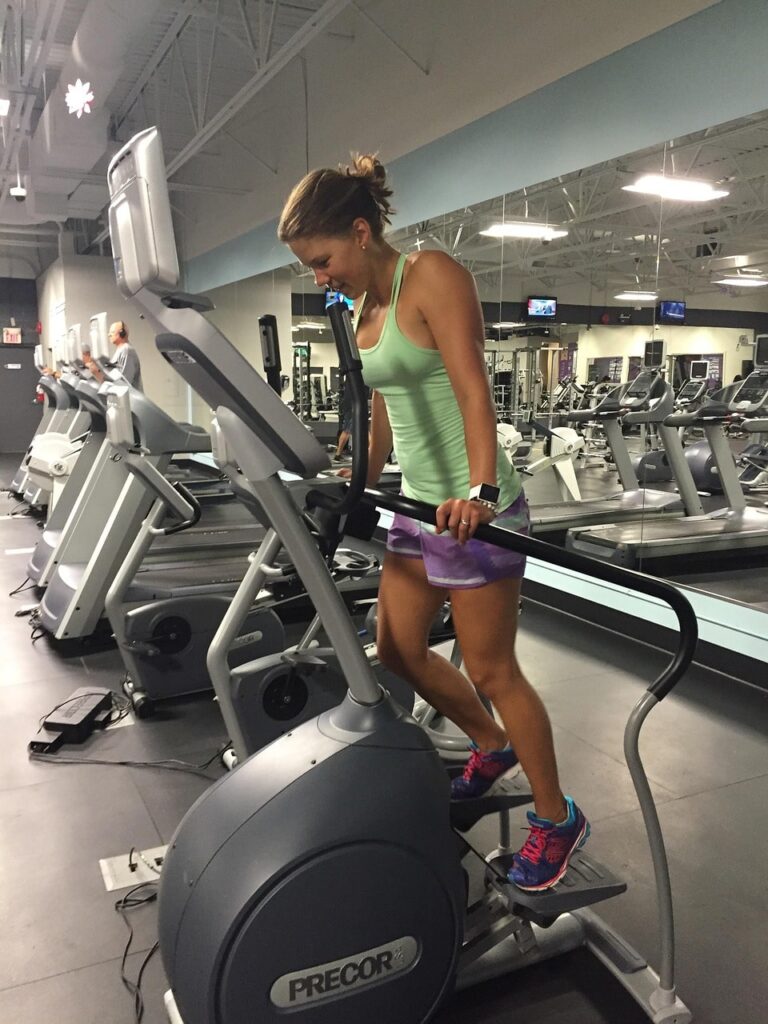

- Lower Body Exercises, weighted or unweighted (Muscular Strength) Think Squats (regular & sumo), Lunges, Step ups, Split Squats, Step Downs, Good Mornings, Dead Lifts, Bridges, Calf Raises. Doing single leg varieties will more closely mimic the conditions in which you will hike on the mountain. As you progress, incorporate uneven surfaces to further mimic mountain conditions. Each of these exercises get those glutes, hammies and quads looking fit, but more importantly, they get you ready to climb! Tip: Ask a trainer at your local gym to show you how to safely utilize these exercises if you are unfamiliar with proper lifting techniques. A well-rounded training routine will include upper body strength exercises, so don’t forget to incorporate these as well! Push-ups, chest press, lat pull downs, and pull ups, among others, will help strengthen your back and chest for carrying your pack of gear. While your legs will bear the brunt of the burden and contribute the most to your ascent and descent, every muscle in your body will be working to get you safely to Bazarduzu’s peak and back down to basecamp.
- General Core, Planks, Back Extensions, Sit-ups etc. (Muscular Strength & Endurance) – Your core is what brings everything together and will anchor your heavy pack for the trek into and out of base camp. A strong core is a benefit in all physical activities, and really, you can’t ever go wrong doing core-related exercises! These are great for light exercise days or when you can’t make it to the gym or the trail. Often people only think of the abdomen when they hear “core” but really your core includes your abs, obliques, lower and mid back. Planks of various types, back extensions, and abdominal exercises of various types are just a few ideas to get you started.
- Weighted hikes (Cardio, Strength, Endurance, Mountain-Specific) – Load up your pack and go hiking! You’re essentially emulating what you’ll experience on Mt. Bazarduzu. Hills (or anything w/ an upward slope) are your friends, so climb them! If you’re able to find trekking poles to train with, this will be great to further get used to using them on the mountain. As with all exercises, start small and work your way to longer distances & heavier loads. 15-20 lbs. is a great weight to work towards (the max amount of your pack on summit day at Bazarduzu).
- Long hikes (Cardio, Strength, Endurance, Mountain Specific) – This is where you see how serious you are about climbing Bazarduzu. We’re talking full-day hikes. Most groups take about 8-10 hours to get to Bazarduzu’s summit and back (at very high elevation!), moving almost the entire time. Count the hours in your head — that is a long time to exert yourself physically in such extreme conditions. If you have not done it before, it will be hard! It will be hard even if you HAVE done it before, so if you haven’t, it will be harder! Finding days off or weekends to do a couple of 6-8 hour-long hikes will be some of the best training you do. If you’ve never done this kind of longer, strenuous hiking, build your way up to these distances, as they can be a real shock to your body. And whenever you can, do these hikes at higher altitude or with a significant change in elevation. This will prepare your body even more specifically to the conditions you will face on Bazarduzu.
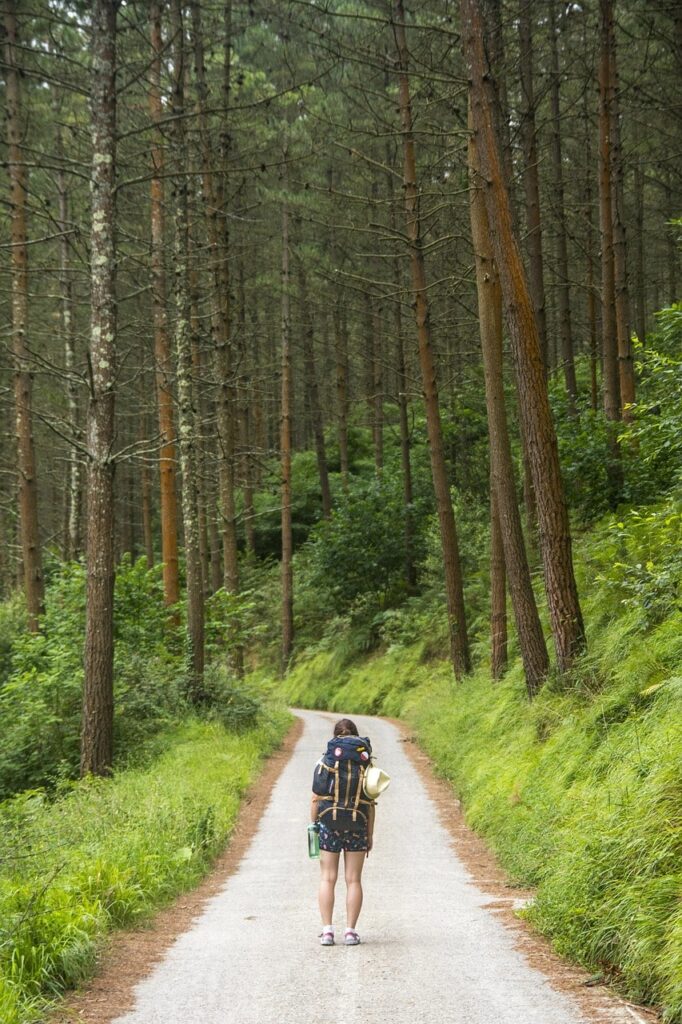
Closing thoughts:
Make sure to give your body ample rest between training sessions. If you are new to training this can be a difficult line to discern. Always start small and allow yourself to adapt and slowly progress in time spent training and number of days first. Then you can begin slowly increasing the intensity of your activity. As a rule of thumb, if you go into more than 3 or 4 consecutive training sessions already feeling tired or fatigued and not ready and invigorated for your next session, you are probably overtraining and need to rest. On most high-altitude acclimatization programs, there are slow days and even rest days to allow the body time to adjust both to the physical toll and elevation.
Also, don’t push hard in training right up until you hop on the plane to Bazarduzu. Take the week before your trip to taper, allow your body to go into deeper recovery. Only very light exercises to keep your muscles loose and limber are recommended during this time (think yoga, pilates, long walks, stretching, flexibility, balance types of exercises).
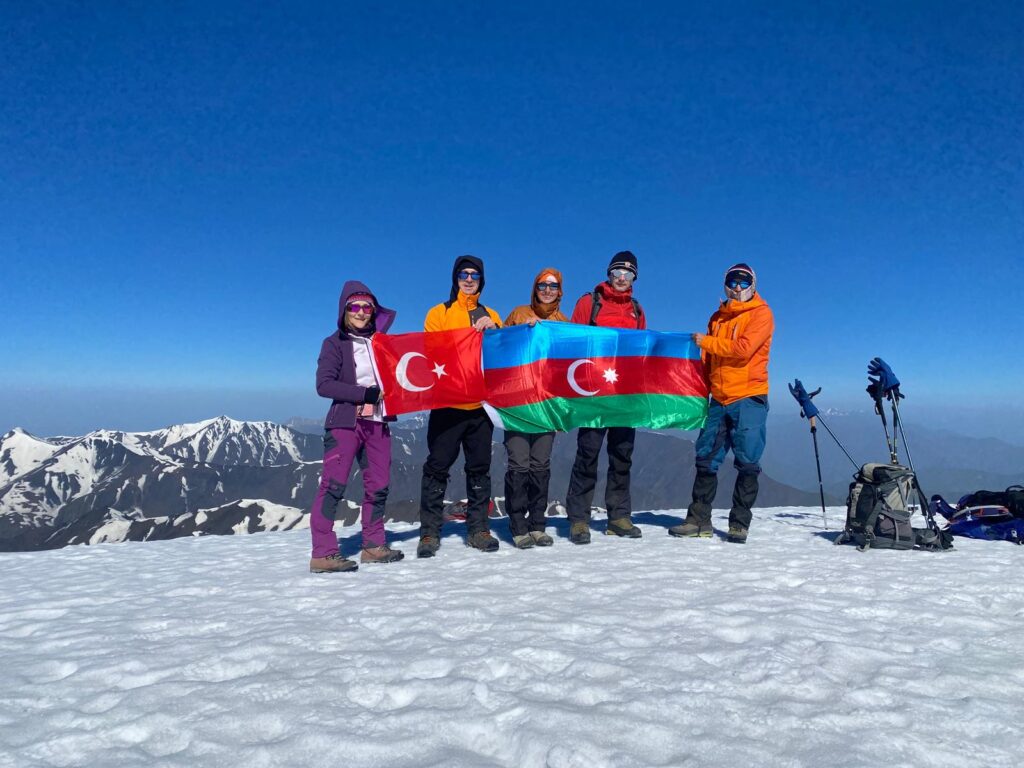
Note this is a general outline of a training plan. In truth there is no one-size-fits-all training plan as everyone’s bodies are different and everyone has different capacities to train. If you want the very best training for Bazarduzu possible, maybe working with a coach or trainer experienced in training for mountaineering or trekking would help you, as they can create a program designed for you and work around your schedule. Below are several suggestions on where to find personal training resources. And don’t forget – one of the MOST important things you can do as you train and prepare for Bazarduzu is to HYDRATE! Sufficient water intake is a key factor to your training and acclimatization process.
In conclusion, don’t be scared away from climbing Bazarduzu if you live at low altitude, or don’t have a lot of experience climbing mountains above 13,000 feet (4,000 meters). By training well, you are giving yourself the best chance possible to summit Azerbaijan’s highest peak without any adverse events. Good luck and happy training!
~Written by CQT team member Carmen, MS, ACSM-CCEP
Coaching and Training Resources
Training & Rehab Tips for Trekkers

